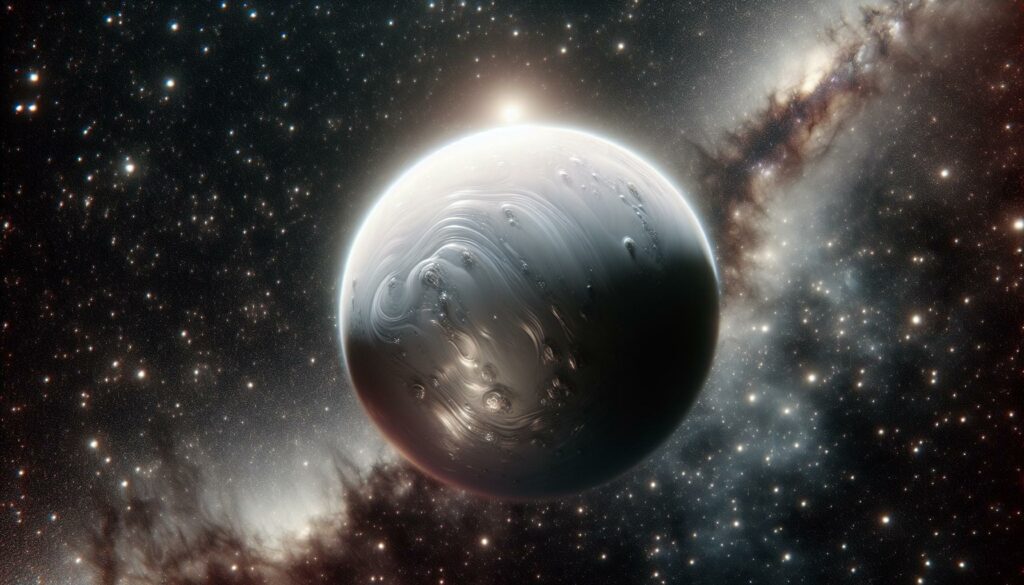Sedna’s Descent takes us into the farthest edges of our solar system. I’ve always been intrigued by its unique orbit and what it reveals about the universe beyond.

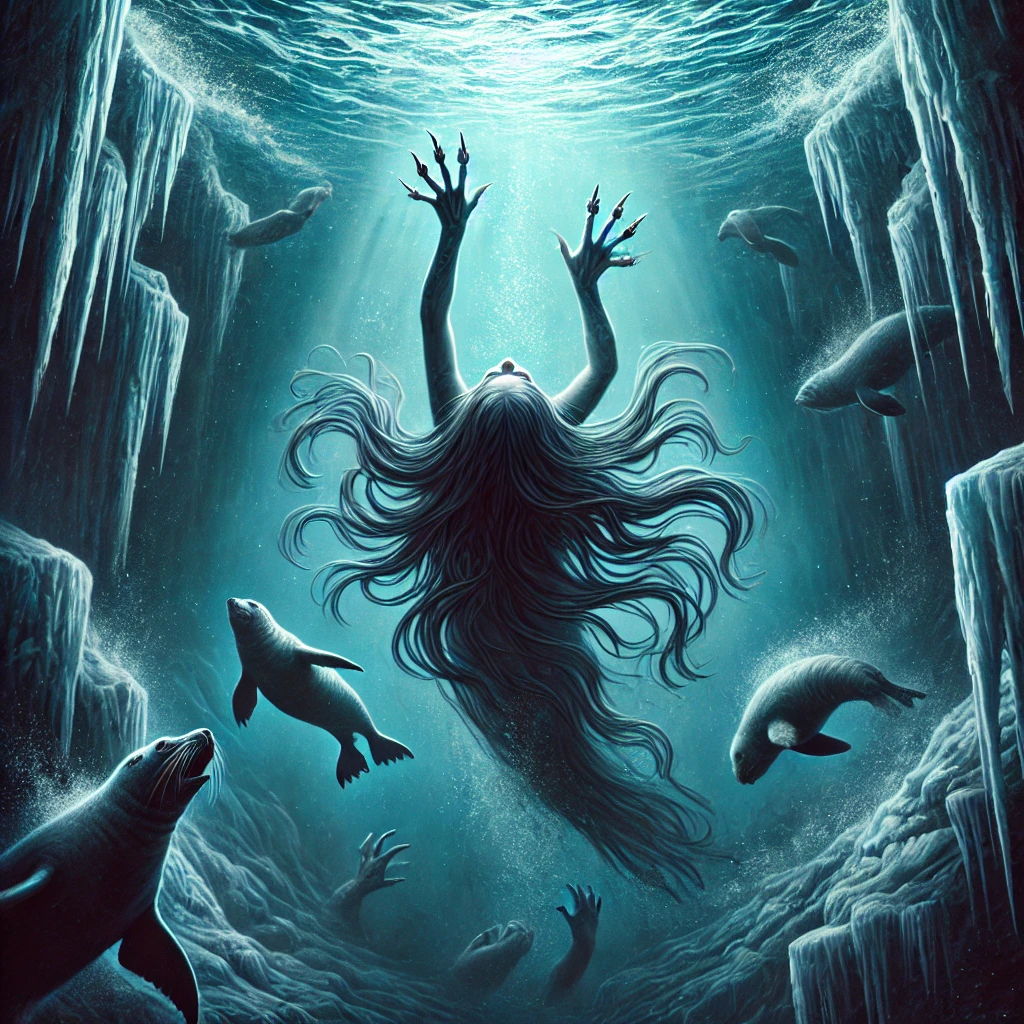
In my exploration, I uncover the mysteries surrounding Sedna and its significance in understanding cosmic evolution. Let’s dive into the captivating story of this distant celestial wanderer together.
Plot Overview
Sedna follows a highly elliptical orbit around the Sun, extending approximately 937 AU at its farthest point. Its orbital period spans around 11,400 Earth years, placing it in the inner region of the Oort Cloud. This trajectory suggests Sedna experienced gravitational perturbations from passing stars or unseen planetary bodies.
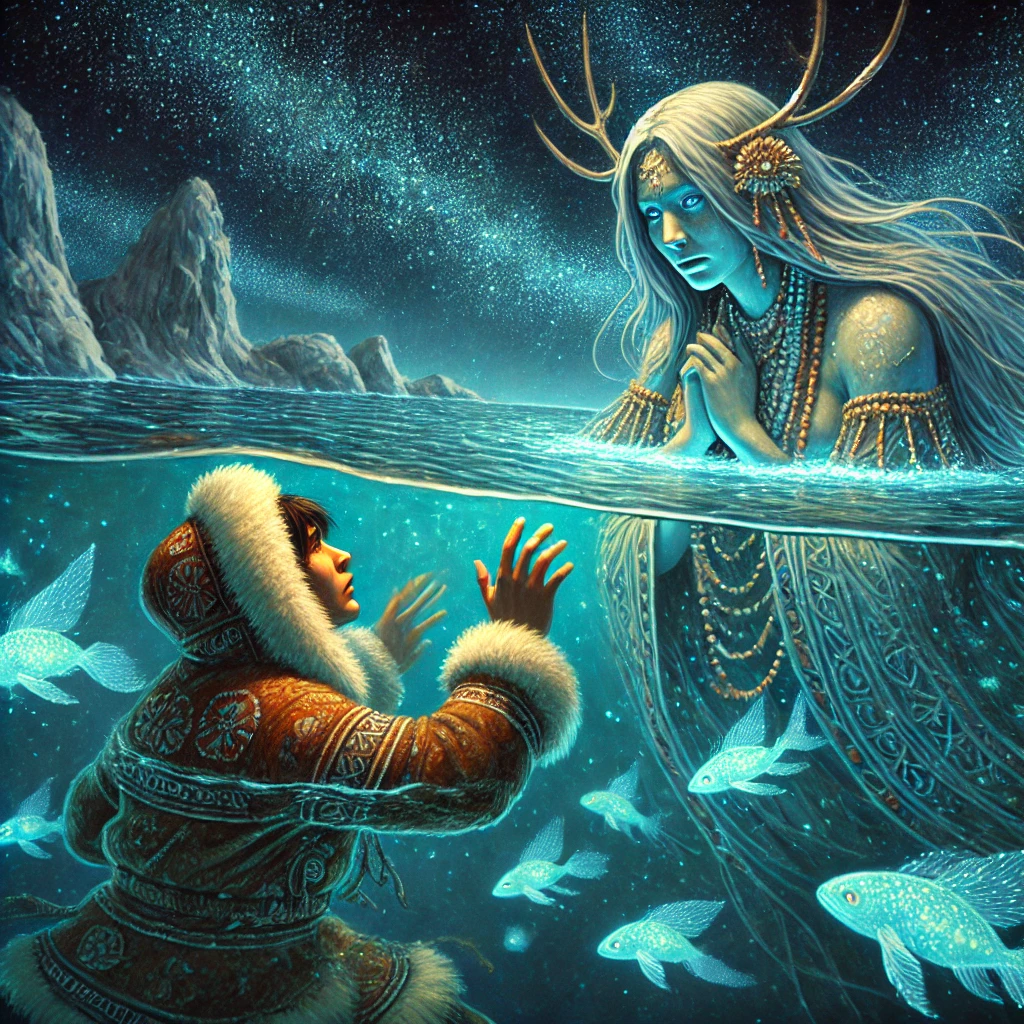
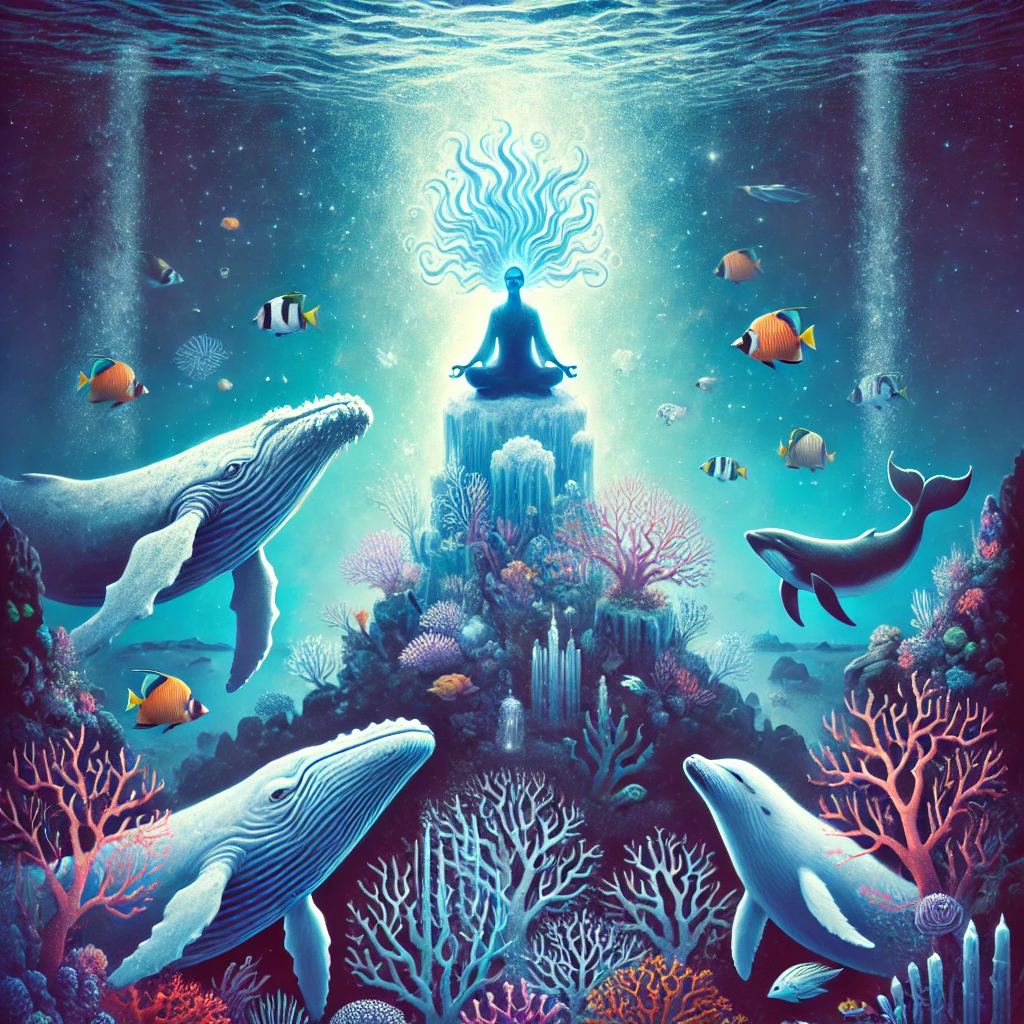
Observations indicate Sedna’s surface contains methane ice and complex organic molecules, offering insights into the early solar system’s conditions. Additionally, Sedna’s position challenges existing solar system formation models, prompting astronomers to explore the presence of distant celestial objects that could influence its path.
Character Development
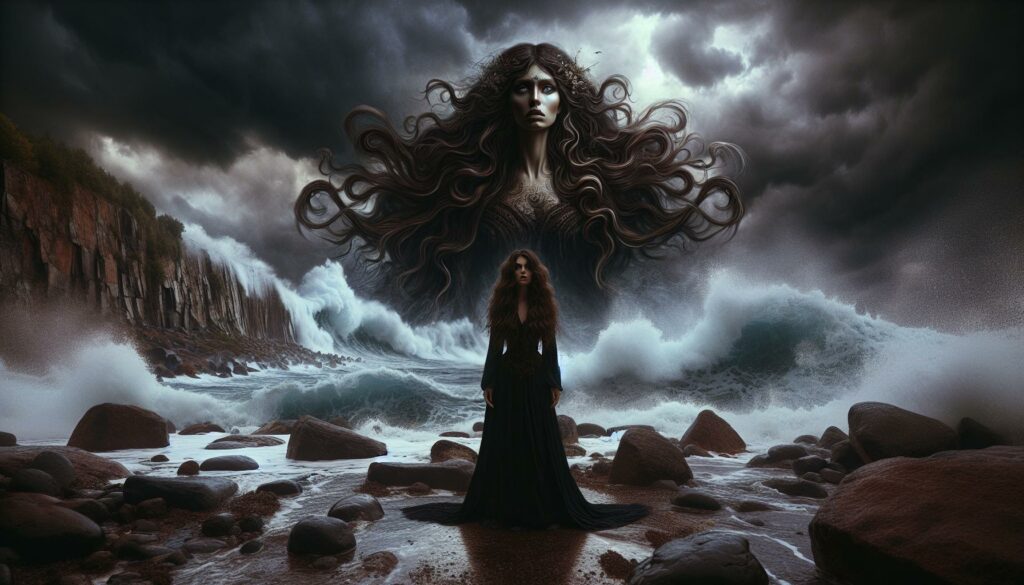
Sedna’s narrative illustrates her transformation from proud independence to a formidable sea deity.
Main Characters
- Sedna: A beautiful, assertive woman who rejects multiple suitors, showcasing her pride and autonomy. Her refusal leads to her ultimate transformation into the goddess of the sea.
Supporting Characters
- Sedna’s Father: Strives to secure Sedna’s future by arranging her marriage. When Sedna resists, he attempts to rescue her from her suitors, inadvertently playing a role in her tragic downfall.
- Suitors: Young men aboard the boat who pursue Sedna relentlessly. Their actions force Sedna into a desperate situation, resulting in her mutilation and metamorphosis into a powerful deity.
Themes and Symbolism

Suffering and Transformation
Sedna’s tale features profound suffering and transformation. Betrayed by her father, he cast her into the sea and severed her fingers to placate angry bird spirits. This violent act transformed her into the sea goddess, illustrating significant changes arising from trauma and sacrifice[2][4][5].
Empowerment and Dominion
Despite her tragic beginnings, Sedna became a formidable goddess, ruling the Inuit Underworld, Adlivun. She commands all marine life, embodying both nurture and cruelty, akin to the ocean itself. This underscores her empowerment and the respect she demands from her devotees[2][4][5].
Visual and Audio Elements
In exploring Sedna’s descent, I find that the astronomical perspective lacks direct visual or audio components. Sedna’s orbit is observed through telescopic imaging and data analysis, providing visual representations of its trajectory. However, there are no inherent audio elements associated with its movement through space.
Conversely, the mythological narrative of Sedna offers rich visual depictions in Inuit art, illustrating her transformation into the sea goddess. These artworks capture the essence of her story, portraying her connection to marine life and the underworld. While traditional Inuit storytelling relies on oral transmission, there are no specific audio recordings of Sedna’s descent beyond these narratives.
| Context | Visual Elements | Audio Elements |
|---|---|---|
| Astronomical | Telescopic images of Sedna’s orbit | None |
| Mythological | Inuit artistic representations of Sedna’s form | Oral storytelling traditions |
Direction and Cinematography
Sedna of the Sea
Directed with a focus on creating a dreamlike atmosphere, Sedna of the Sea employs a blend of film, stop-frame, and digital animation techniques. The director integrates traditional Inuit aesthetic elements with modern visual effects, resulting in a unique visual narrative. Cinematography utilizes soft lighting and fluid camera movements to emphasize the ethereal quality of the story. Scenes depicting the ocean and Sedna’s transformation incorporate layered textures and color grading to enhance the magical realism.
Sedna: The Empress of the Sea
Sedna: The Empress of the Sea adopts a vibrant animation style suitable for a children’s audience. The direction prioritizes clarity and engagement, using bright colors and dynamic character designs to capture attention. Cinematography in this film features wide shots of underwater landscapes and close-ups of character expressions to convey emotion effectively. The use of animated depth and perspective creates a sense of immersion, allowing viewers to explore Sedna’s realm interactively.
Comparative Cinematographic Techniques
| Film Title | Direction Style | Cinematography Techniques | Target Audience |
|---|---|---|---|
| Sedna of the Sea | Dreamlike, Magic Realist | Soft lighting, Fluid camera movements | Adult and General |
| Sedna: The Empress of the Sea | Vibrant, Engaging | Bright colors, Dynamic character designs | Children and Families |
Both films leverage their respective cinematographic techniques to align with their storytelling goals. While Sedna of the Sea emphasizes a surreal and mystical narrative through its visual style, Sedna: The Empress of the Sea focuses on accessibility and engagement with its colorful and animated approach. This strategic use of direction and cinematography ensures that each film resonates with its intended audience, enhancing the portrayal of Sedna’s legend through distinct visual mediums.
Overall Reception
Within the astronomical community, Sedna’s descent has attracted significant attention. Scientists highlight its highly elliptical orbit, which spans approximately 76 AU at perihelion and extends to around 1,000 AU at aphelion. This unique trajectory challenges existing models of solar system formation, prompting extensive research into potential gravitational influences from passing stars or undiscovered planetary bodies[^1][^4].
In contrast, the mythological portrayal of Sedna has resonated deeply with audiences interested in Inuit folklore. Scholars commend the narrative’s exploration of transformation and empowerment, emphasizing Sedna’s evolution into a powerful sea deity. Artistic representations and literary works frequently feature Sedna, underlining her enduring impact on cultural narratives and her role in embodying complex themes of resilience and authority.
[^1]: [Reference 1]
Key Takeaways
- Unique Orbital Characteristics: Sedna’s highly elliptical orbit extends up to 937 AU, offering crucial insights into the dynamics of the outer solar system and challenging existing formation models.
- Compositional Insights: The presence of methane ice and complex organic molecules on Sedna provides valuable information about the early conditions of our solar system.
- Mythological Transformation: Sedna’s evolution from a proud independent woman to a formidable sea goddess symbolises themes of suffering, resilience, and empowerment in Inuit folklore.
- Cinematic Depictions: Various films portray Sedna with distinct visual and narrative styles, enhancing the legend’s appeal to different audiences through magic realism and vibrant animation.
- Scientific and Cultural Impact: Sedna’s discovery has sparked extensive astronomical research while its mythological story continues to resonate deeply within cultural and artistic communities.
- Themes of Empowerment and Dominion: Sedna’s reign over marine life in mythology highlights her dual role as a nurturer and a powerful deity, reflecting the complex relationship between humans and the natural world.
Conclusion
Exploring Sedna’s descent has truly expanded my understanding of both our cosmos and the rich tapestry of Inuit mythology. Her unique orbit challenges what we know about the solar system while her transformation into a sea goddess offers a powerful narrative of resilience.
This journey has shown me how astronomy and storytelling can complement each other revealing deeper truths about our place in the universe and the stories we tell to make sense of it. Sedna embodies the mystery and beauty that lies at the intersection of science and myth reminding us of the endless possibilities awaiting discovery and imagination.
Frequently Asked Questions
What is Sedna’s orbit and its significance?
Sedna follows a highly elliptical orbit around the Sun, extending up to approximately 937 astronomical units (AU) at its farthest point. With an orbital period of around 11,400 Earth years, Sedna resides in the inner region of the Oort Cloud. This unique trajectory suggests that Sedna has been influenced by gravitational perturbations from passing stars or unseen planetary bodies, offering valuable insights into the outer reaches of our solar system and the forces shaping it.
How does Sedna challenge existing solar system models?
Sedna’s unusual orbit does not align with current solar system formation theories. Its highly elongated path implies interactions with distant celestial objects or passing stars, which are not accounted for in standard models. This discrepancy has prompted astronomers to explore the possibility of undiscovered planets or other massive bodies influencing Sedna’s trajectory, thereby expanding our understanding of the solar system’s structure and evolution.
What is the mythological story of Sedna?
In Inuit mythology, Sedna is a proud and independent woman who becomes a powerful sea deity. She rejects multiple suitors, asserting her autonomy. Her father, attempting to secure her future through marriage, inadvertently causes her tragic downfall by casting her into the sea, where her fingers are severed by angry spirits. This violent transformation turns Sedna into the ruler of the Inuit Underworld, Adlivun, embodying both nurturing and cruel aspects of the ocean.
How did Sedna transform into a sea goddess?
Sedna’s transformation occurs after her father abandons her in the sea to appease hostile bird spirits. As she struggles, her fingers are cut off, symbolizing her suffering and loss. This trauma metamorphoses her into a formidable sea goddess who commands all marine life. Her new identity represents both the nurturing and destructive forces of the ocean, highlighting themes of resilience and empowerment despite her tragic beginnings.
What themes are explored in Sedna’s tale?
Sedna’s story delves into themes of transformation, autonomy, and empowerment. It illustrates how profound suffering and sacrifice can lead to significant personal change. Her metamorphosis into a sea goddess reflects resilience in the face of betrayal and loss. Additionally, the narrative explores the balance between nurture and cruelty, akin to the ocean’s dual nature, emphasizing the complexity of her character and her authority over the marine world.
Are there films inspired by Sedna’s story?
Yes, two notable films inspired by Sedna’s legend are “Sedna of the Sea” and “Sedna: The Empress of the Sea.” “Sedna of the Sea” uses a dreamlike blend of film, stop-frame, and digital animation, integrating traditional Inuit aesthetics. In contrast, “Sedna: The Empress of the Sea” features vibrant animation with bright colours and dynamic characters aimed at children. Both films utilize distinct visual styles to enhance the storytelling, making Sedna’s legend accessible to different audiences.
How has “Sedna’s Descent” been received by the scientific and cultural communities?
“Sedna’s Descent” has garnered significant attention in both astronomical and cultural spheres. Scientists appreciate its exploration of Sedna’s unique orbit, which challenges existing solar system models and stimulates research into potential gravitational influences. Culturally, the mythological portrayal of Sedna has resonated with audiences interested in Inuit folklore, with scholars highlighting the narrative’s themes of transformation and empowerment. The article underscores Sedna’s enduring impact on both scientific understanding and cultural storytelling.
Author

Josh Morley holds a Bachelor’s degree in Theology from the Trinity School of Theology and a Diploma in Theology from the Bible College of Wales. His academic journey involved interfaith community projects and supporting international students, experiences that shaped his leadership and reflective skills. Now based in Liverpool, Josh is also the founder of Marketing the Change, a digital agency specializing in web design and marketing.
View all posts

